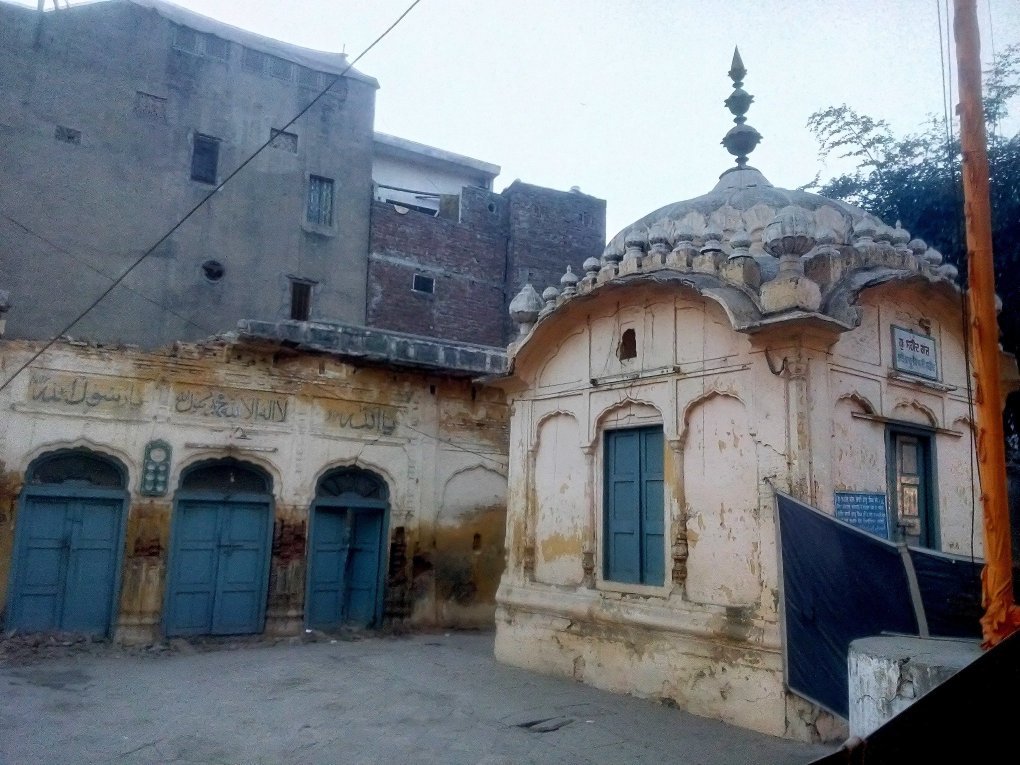There is a significant distinction between property vested in a foundation (as in Roman law) or a deity as a juristic person (as in Hindu Law) and property per se being a juristic person. Where the property vests in a foundation constituted for a pious purpose, it retains its characteristics as immoveable property. This remains true even in cases where the property vests in the deity in an ideal sense.
The purpose of conferring juristic personality is to ensure both a centre of legal relations as well as the protection of the beneficial interest of the devotees. It does not however, alter the character of the property which vests in the juristic person. It remains subject to the framework of the law which defines all relationships governing rights or interests claimed in respect of property and the liabilities which attach to jural transactions arising out of property.
This distinction, which highlights the features of immoveable property received articulation by the Privy Council in The Mosque, Masjid Shahid Ganj v Shiromani Gurdwara Parbandhak Committee, Amritsar.[1]
In that case, a mosque was dedicated in 1722 by one Falak Beg Khan. By the deed of dedication, Sheikh Din Mohammad and his descendants were appointed as Mutawallis. Since 1762, however, the building together with the court-yard, well and adjacent land, was in the occupation and possession of the Sikhs. The land adjacent to the mosque became the site of a Sikh shrine. At the time of the annexation by the British in 1849, the Sikhs were in possession of both the mosque and the adjacent lands.
Thereafter, the building was demolished “by or with the connivance of its Sikh custodians”. A suit was instituted in 1935 against Shiromani Gurdawara Parbandhak Committee – who were in possession of the disputed property, seeking a declaration that the building was a mosque in which the plaintiffs and all the followers of Islam had a right to worship along with a mandatory injunction to reconstruct the building.
One of the 18 plaintiffs was the mosque itself – the site and the building. The Privy Council assessed the contention that the mosque and the adjoining properties were a juristic person. Rejecting the contention, Justice George Rankin held:
“The argument that the land and buildings of a mosque are not property at all because they are a “juristic person” involves a number of misconceptions. It is wholly inconsistent with many decisions whereby a worshipper or the mutwalli has been permitted to maintain a suit to recover the land and buildings for the purposes of the wakf by ejectment of a trespasser…
That there should be any supposed analogy between the position in law of a building dedicated as a place of prayer for Muslims and the individual deities of the Hindu religion is a matter of some surprise to their Lordships…
the procedure in India takes account necessarily of the polytheistic and other features of the Hindu religion and recognizes certain doctrines of Hindu law as essential thereto, e.g. that an idol may be the owner of property… The decisions recognizing a mosque as a ―juristic person‖ appear to be confined to the Punjab: 153 PR 1884; Shankar Das v. Said Ahmad (1884) 153 PR 1884 59 PR 1914; Maula Bux v. Hafizuddin (1926) 13 AIR Lah 372 AIR 1926 Lah 372.6
In none of those cases was a mosque party to the suit, and in none except perhaps the last is the fictitious personality attributed to the mosque as a matter of decision. But so far as they go these cases support the recognition as a fictitious person of a mosque as an institution – apparently hypostatizing an abstraction. This, as the learned Chief Justice in the present case has pointed out, is very different from conferring personality upon a building so as to deprive it of its character as immovable property.”
The Privy Council noted that if the mosque was a juristic person, this may mean that limitation does not apply to it and that ‘it is not property but an owner of property.” Underlying the line of reasoning adopted by the Privy Council is that the conferral of legal personality on immovable property could lead to the property losing its character as immoveable property. Immoveable property, by its very nature, admits competing proprietary claims over it. Immoveable property may be divided. However, the recognition of the land itself as a juristic person may potentially lead to the loss of these essential characteristics.
Where juristic personality was recognised in corporeal property itself such as the idol, it served the larger purpose for which juristic personality was conferred – to ensure the execution and protection of the pious purpose set out by a donor and the ultimate protection of the beneficial interest of the worshippers. However, to confer legal personality on immoveable property leads to consequences that fundamentally have no nexus to the limited purpose for which juristic personality is conferred. It sets apart immoveable property on which a juristic character is conferred from all other species of immoveable property.
This will lead to the claim that the legal regime which applies to the latter (“ordinary immoveable property”) will not apply to that class of immoveable property which is recognised as a juristic person in and of itself. The principles of adverse possession and limitation would, if the argument were to be accepted, not apply to the land as a legal person which is incapable of being “possessed”. The conferral of legal personality in the context of endowments was to ensure the legal protection of the endowed property, not to confer upon the property legal impregnability by placing it outside the reach of the law.
[1] AIR 1940 PC 116
